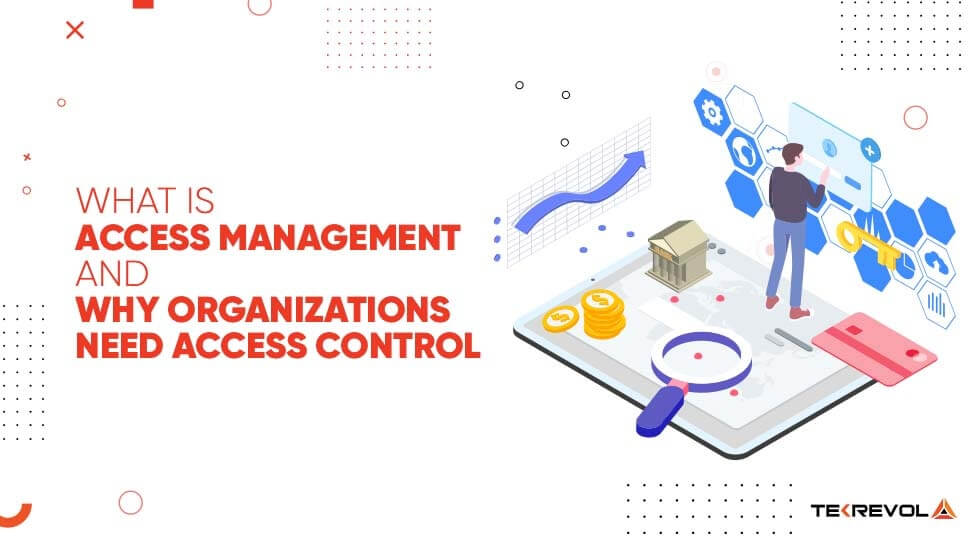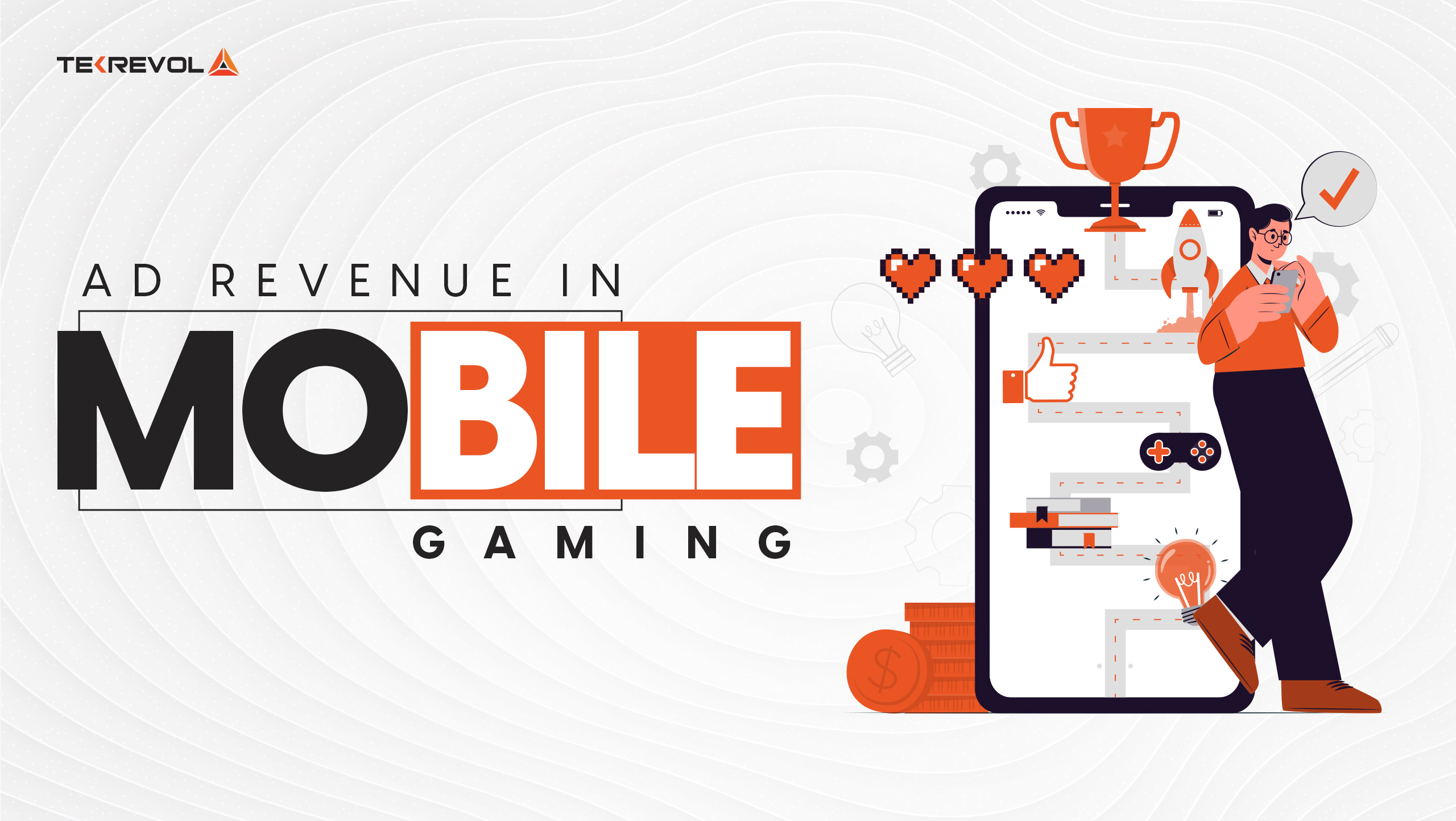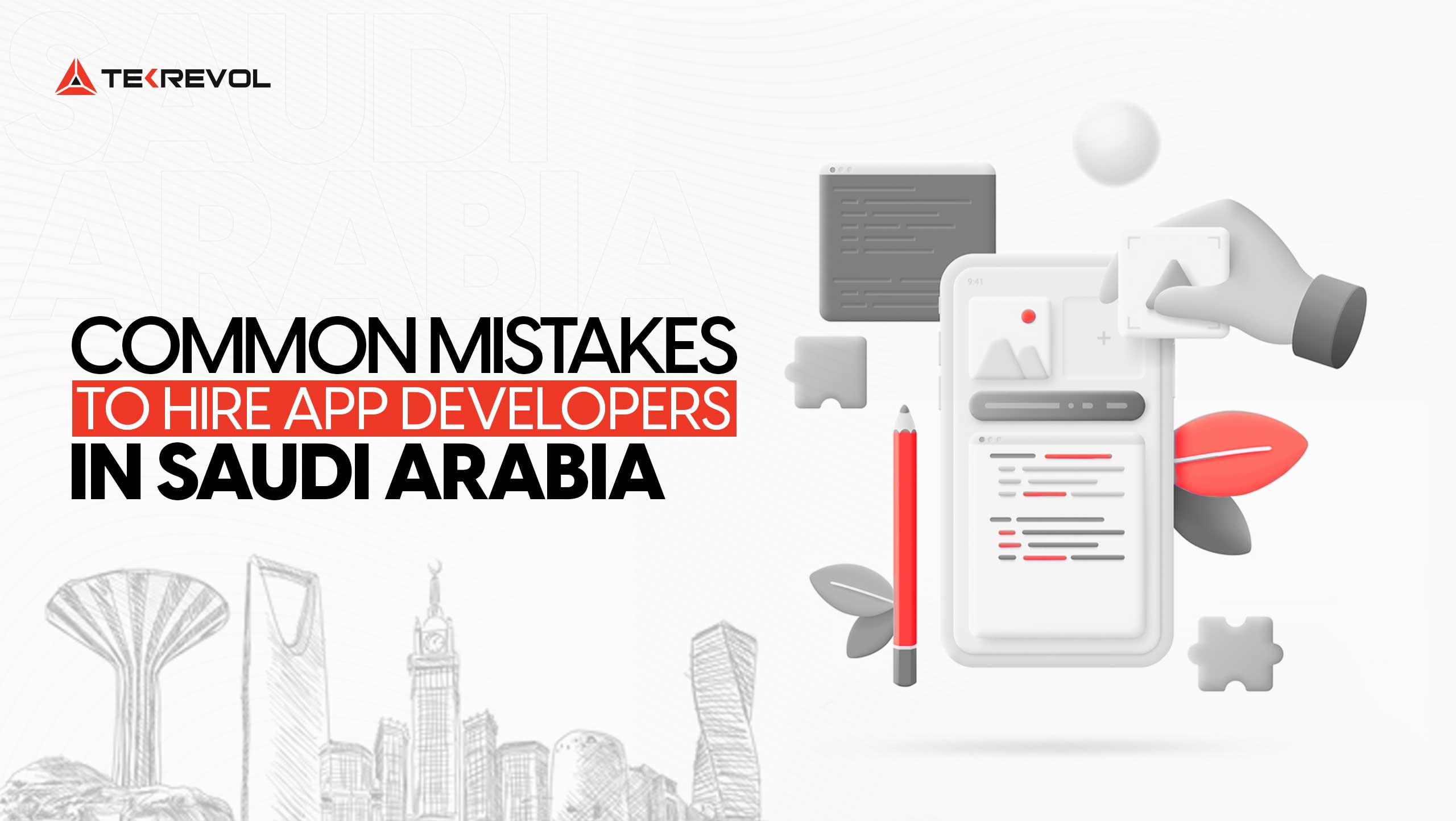Organizations and business models are upgrading increasingly amid the latest technologies and trends.
Expanding to global markets and accommodating millions of target users at the same time, entrepreneurs require solutions that automate performances, ensure in-depth security, and offer credible results
Subsequently, access management becomes crucial for businesses.
Access Management is a procedural method to authenticate and authorize users’ access to view or modify the information.
Since data security is central to organizational sustainability, growth, market penetration, and a credible identity among customers, deploying an access management system can be ruled out as one of the best solutions.
So, what is an access control system?
This article entails the answer to this and many other relevant questions about access management systems and their importance in businesses.
What is Access Management?
Access management is a practice of identifying, controlling, tracking and monitoring the access of authorized users to data, systems, applications, or IT infrastructures.
Often delivered as a service of an identity and access management (IAM) solution, access management or access control help enforce credible security authentication protocols to avoid unauthorized access to the system and its components.

In simpler terms, access management helps organizations limit the information that users can view or modify to minimize unauthenticated activities.
Access control systems leverage several tools and software to track login attempts, administer user rights and privileges, and monitor daily user activities.
These tools are traditionally deployed and installed manually into computer systems. However, with cloud app development for businesses, most systems are deployed as IDaaS (Identity as a Service).
These cloud-based systems offer performance agility, instant scalability, time-to-value, and operational simplicity as basic benefits to organizations.
Types of Access Management System
Choosing the right access control system for your business is central to its performance models, internal procedures, and organizational hierarchy.
Here are four different types of Access control systems offering different authorization and restriction protocols. Each of these systems has a set of pros and cons that play a substantial role in making a suitable choice for your business.
-
Discretionary Access Control (DAC)
DAC is a privileged access management system that authorizes a specified list of privileged users with all the rights and access to internal systems, information, and procedures.
This list is programmed to each entry point of the system to give/restrict permission accordingly.
| Pros | Cons |
| Improved Flexibility | Less Security |
| Increased Simultaneous permissions | Granting unauthorized access |
-
Mandatory Access Control
On the contrary, MAC offers more specified access to managers and other authorized persons, preset by the system administrator (or an IT person) that can not be changed or removed without permission.
What differentiates this system from DAC is that it is focused on providing privileges based on the system’s preset parameters. However, these parameters can’t be bypassed or altered.
| Pros | Cons |
| Better Security | Strict systems with less flexibility |
| Individual access to specified system areas. | Requires reprogramming to change the protocols. |
-
Role-based Access Control
Unlike MAC, RBAC is focused on granting privileged access to specified job roles and designations.
In this way, all managers, analysts, and IT persons would have similar permissions as per their designations, respectively.
| Pros | Cons |
| Time effective procedure | Granting access in cases like role explosion can be difficult. |
| Uniformity among roles | Permissions can not be assigned to operations or procedures. |
-
Rule-based Access Control
Rule-based access management systems are commonly used to provide add-on permissions with the already specified accesses.
With rule-based management, administrators are allowed to alter or update the already assigned permission through specified rules.
| Pros | Cons |
| Performance accountability | Requires additional programming |
| User-centric/role-centric access | – |
Why Businesses Need Access Management System
An access management system (IAM) helps businesses enforce credible data, asset, and access security, enabling synchronized and trackable performances.
Research by TechJury highlights that 34% of businesses have experienced internal malicious attacks all around the globe.
This subsequently rounds up to almost 2500 internal security attacks on a daily basis.
Apart from organizational disgrace and deterred relations with employees, internal data breaches cause performance deterioration, database corruption, and financial loss.
As mentioned in an article by cybersecurity that specifies, the average insider threat costs hit more than 8.7 million.
On the contrary, a data access management or access information system helps organizations avoid such data breaches and cybersecurity attacks. This ensures organizational and user data is protected in an optimal way with no unauthorized access.
Similarly, an asset access management system helps businesses to keep track of who has access to which resources and what infrastructures are required to automate performances.
Developing a custom access management system can bring substantial benefits to your business. Following are some noteworthy benefits of an access management system.
- Automates the internal business systems, databases, and performances to create, modify, delete, and control access to data, resources, infrastructure, and more.
- Integrates the right set of tools with specific business systems to ensure timely user provisioning, reviewing processes, centralized management, and effective visualization.
- Provides secure means to identify malicious activities, manage risks, protect data, and resume everyday operations.
- Offers tools to identify and track insider threats and high-risk accounts to take relevant actions.
- Provides adequate regulatory support, user access records, and security regulations to track changes and show procedural changes.
How Does an Access Control System Works
An access control system is focused on devising a hierarchy of permissions and access based on roles, persons, or duties for improved organizational security and integrity.
To do so requires a set of tools that ensure effective user provisioning, monitoring, activity tracking, threat identification, and more.

Here are some essential tools that must be present in an access management system:
-
User Provisioning
A well-versed IAM solution offers built-in tools to create accounts, assign roles, and grant data access to authorized persons.
Setting up new user accounts with standardized permissions and roles defined helps in easy configuration, management, and administration.
-
Inside Threats Tracking
An efficient access management system must offer tools that help in identifying and tracking inside threats to prevent unlikely situations.
These tools must help administrators or IT persons to monitor, analyze, and audit systems to track what changes were made, who made them, and when.
-
Integrating Internal Systems
A well-developed access control system would include tools that help integrate different internal systems to ensure transparency, track daily activities, and identify potential threats.
-
Visualization
Adequate visualization tools offering a quick look into the domain through maps or tree structures enhance the performance margin of an access management system.
Also, with visibility permissions in a privileged access management system, tracking user rights and additional internal threats becomes easier.
-
Regulatory Compliance
Regulatory compliance tools in an access management system quickly generate detailed compliance reports that entail user rights, recent activities, resources utilized, and more in a few clicks.
Industries that Need Identity and Access Management System
With comprehensive access management systems, implementing strict privacy and security protocols and keeping track of individual activities becomes easier.
Subsequently, we can infer that identity access management systems are needed by organizations across industries.

With several industries already prioritizing integrating an access control solution, Here are four major industries that need a secure identity and access management system.
-
Banking and Finance
With trends like digital banking, online cash transactions, and app-based processing, banking, and finance are some of the top industries that need IAM solutions.
Apart from strengthening the security protocols for customers and service providers, IAM provides a single view for banking customers across several business lines.
-
Healthcare
The Healthcare app development industry is experiencing technological transformations amid the Pandemic to ensure adequate service provision.
It needs to integrate a powerful automated access management system that ensures patients’ privacy and trust is intact and service provision is consistent.
-
eCommerce
ECommerce applications solutions are now expanding on global levels, catering to huge customer traffic, large datasets, and heavy transactions on a daily basis.
Subsequently, implementing an all-inclusive access management system can help eCommerce businesses manage customer profiles, authenticate identities, track sales records, and create seamless online experiences for users.
-
Public Sector
Public sectors industries are a prime focus for cybersecurity criminals to forge data, corrupt files, and interrupt internal processes.
As a result, implementing a powerful access management system that supports digital transformations along with implementing strict security protocols is essential for government sectors.
Your Call – Choosing an IAM for Your Business
When it comes to choosing an access control system for your business, several aspects fall under consideration.
Primarily, it is based on understanding your internal organizational hierarchy and the type of IAM that suits you best.
Other than that, there are several features you must evaluate when choosing an access management system to automate the internal authorization and security procedures.
For instance, you must evaluate if the chosen access authorization solution has an easy-to-use and understand interface. Secondly, you must drill it down on the basis of features it offers.
- Easy user provisioning and de-provisioning
- Provides a comprehensive breakdown of user activity
- Offer support and access to internal systems
- Packed with automatic audit report generating tools
- Offer backup support and data loss prevention solutions
Mentioned above are some of the essential features of a powerful IAM solution. However, the feature stack is dependent on what an organization requires.
Subsequently, opting for a custom-developed access management solution equipped with all the required tools, functionalities, and features can be a prospective solution.
Collaborating with a digital transformation company like Tekrevol can, therefore, help you devise solutions that match your business needs and help you strengthen your internal processes.











